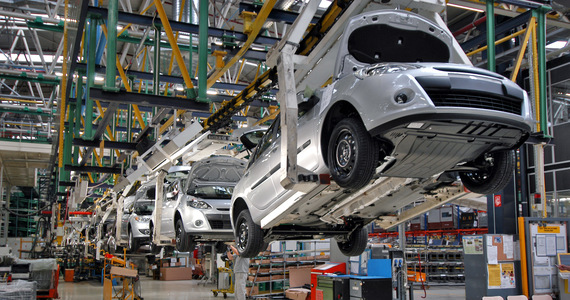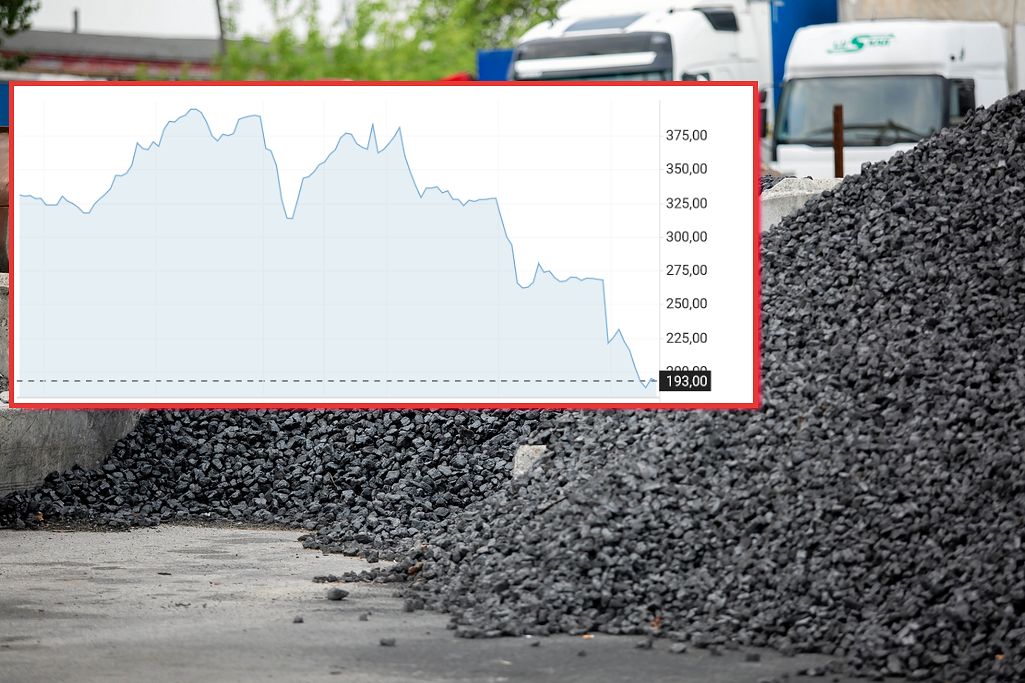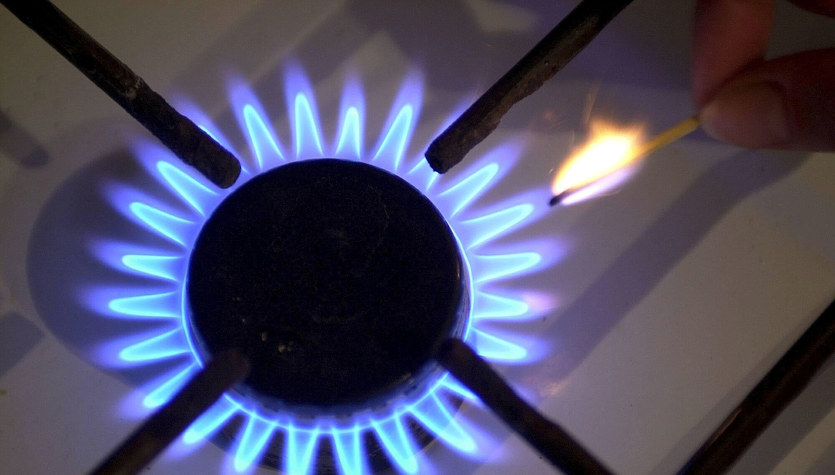Most modern cars that are several years old display the coolant temperature on the dashboard. This occurs mainly for mechanical reasons – malfunctions of the cooling system, thermostat, radiator or water pump are more common than malfunctions related to the oil system.
Basically, if we remember to keep the oil level and quality in proper condition, and the engine does not wear out completely and does not consume excessive amounts of oil, the lubrication system should work almost properly. In addition, in the event of defects in the lubrication system, or an extreme rise in temperature or pressure, the vehicle reports this via an appropriate warning light on the dashboard. When talking about the appropriate temperature for engine operation, many experts point to the coolant temperature, which should be 90 degrees. In general, this is not a mistake, because heating the cooling system to this temperature almost guarantees that the engine is already at the right temperature to operate under a higher load.
However, it is the oil temperature that mainly determines whether the engine has warmed up properly or not. Of course, it’s difficult to know if the oil has had time to warm up, although some cars, like some BMWs, display the oil temperature on the dashboard. Drivers of cars that do not have this indicator can rely on the coolant indicator.
It is generally accepted that the oil temperature should be around 100°C to provide the best lubrication efficiency, possibly a durable and uninterrupted oil film (an oil film covering the engine components, ensuring reduced friction), heat exchange and proper oil circulation in the engine. This means that for the engine to reach the proper operating temperature, it is not enough to heat the coolant to 90 degrees – heating the oil to a high temperature usually takes a little longer.
It can be assumed that when the oil temperature reaches about 80 – 90 degrees Celsius, the engine operates in almost ideal conditions. This usually happens after driving a total distance of about twelve kilometres, and an additional few kilometers after the proper coolant temperature has been reached. On diesel engines, this process may take a little longer.
It all comes down to the appropriate behavior of the driver immediately after starting the engine. Of course, the recommendations of mechanics and experts are correct, which is not to increase the engine speed immediately after starting it, but rather be gentle with the gasoline and allow the engine to reach the appropriate operating temperature by staying calm, and even driving. Maintaining constant speeds and using the throttle softly results in an even increase in engine temperature, proper lubrication and “temperature management”. However, especially in winter, it is important to maintain this driving style for a few extra kilometers after the ideal fluid temperature has been reached.
The same applies to the oil in the automatic transmission. It also needs the right temperature for proper operation, but in this case we don’t have much influence on how the oil in the gearbox heats up. Here, it is also recommended to drive slowly for several kilometers to allow the lubricant to reach a higher temperature.
The quality and type of engine oil also plays an important role in proper engine temperature management. Just a few or twelve years ago, motor oils were very sensitive to ambient temperature – at low temperatures they thickened significantly, which made it difficult to distribute them to all corners of the engine. There was a risk that some parts would dry out almost immediately after starting, and if the driver accelerated the engine at high speed, the wear of the components would accelerate even more.
Modern formulations of motor oils containing advanced components such as esters cause the oil to maintain the proper density over a much wider temperature range – it is less sensitive to low temperatures.
In addition, it creates a more durable oil film structure and reaches the engine’s nooks and crannies faster, ensuring temperature balance and proper lubrication. Thanks to these new technologies, oils ensure better durability of our engine, but it is still worth following the above recommendations to further extend the life of the engine.

Echo Richards embodies a personality that is a delightful contradiction: a humble musicaholic who never brags about her expansive knowledge of both classic and contemporary tunes. Infuriatingly modest, one would never know from a mere conversation how deeply entrenched she is in the world of music. This passion seamlessly translates into her problem-solving skills, with Echo often drawing inspiration from melodies and rhythms. A voracious reader, she dives deep into literature, using stories to influence her own hardcore writing. Her spirited advocacy for alcohol isn’t about mere indulgence, but about celebrating life’s poignant moments.









